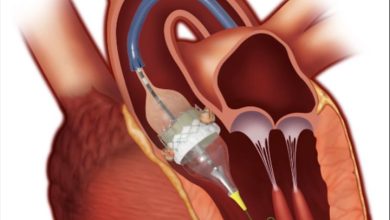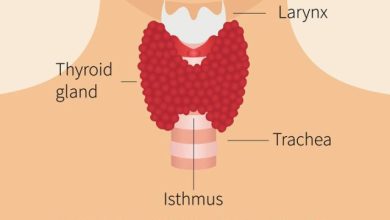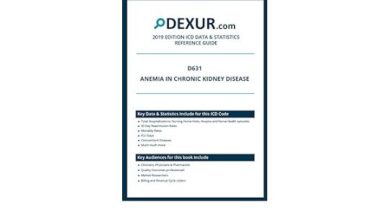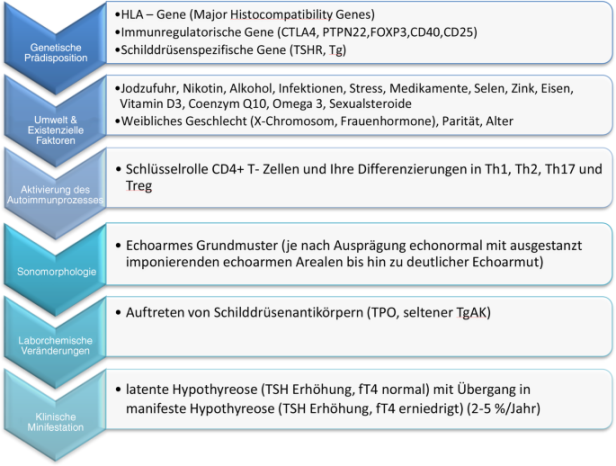Understanding Sinus Polyp ICD-10 Codes And Diagnosis
What is Sinus Polyp ICD-10?
Sinus polyp ICD-10 is a medical code used to classify and document sinus polyps, which are noncancerous growths that develop in the lining of the nasal passages and sinuses. These polyps can cause symptoms such as nasal congestion, facial pain, and a decreased sense of smell. The ICD-10 code for sinus polyps is J33.0.
Code Information

The ICD-10 code for sinus polyps is J33.0. This code is used by healthcare providers to accurately document and classify cases of sinus polyps for billing and tracking purposes.
Diagnostic Related Groups (MS-DRG)

There is no specific MS-DRG related to sinus polyps. The treatment and management of sinus polyps are typically classified under the appropriate medical/surgical MS-DRG based on the specific procedures and interventions required.
Convert to ICD-9 Code
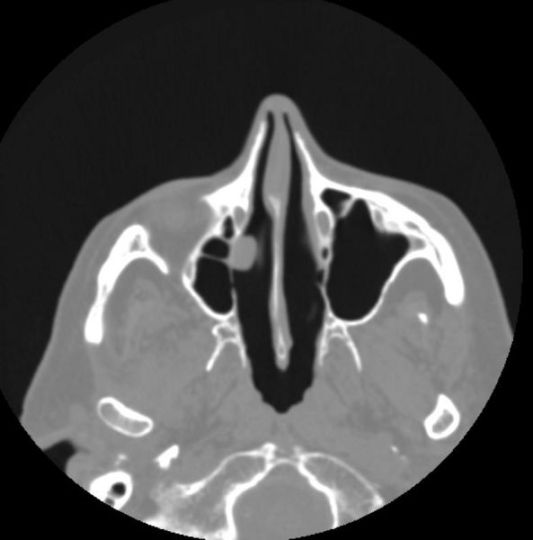
If you need to convert the ICD-10 code for sinus polyps (J33.0) to an ICD-9 code, the corresponding code is 471.9, which is used for nasal polyps and other unspecified nasal conditions.
Code History

The ICD-10 code for sinus polyps (J33.0) was implemented in October 2015 as part of the transition from ICD-9 to ICD-10 coding systems. This updated code provides more detailed and specific classification for sinus polyps.
Approximate Synonyms
Sinus polyps are also known by various synonyms, including nasal polyps, chronic rhinosinusitis with nasal polyps, and nasal polyposis.
Clinical Information
Sinus polyps are inflammatory growths that develop in the nasal passages and sinuses. They are often associated with chronic rhinosinusitis, a condition characterized by inflammation of the nasal and sinus mucosa. The exact cause of sinus polyps is not fully understood, but factors such as allergies, asthma, and infections may play a role in their development.
Causes
The exact cause of sinus polyps is not known, but they are believed to develop as a result of chronic inflammation of the nasal and sinus mucosa. Factors that may contribute to the development of sinus polyps include allergies, asthma, cystic fibrosis, and certain immune disorders.
Symptoms
Sinus polyps can cause symptoms such as nasal congestion, facial pain or pressure, a decreased sense of smell, postnasal drip, and snoring. In some cases, sinus polyps may also lead to recurrent sinus infections and headaches.
Diagnosis
Diagnosis of sinus polyps is typically based on a physical examination, including a nasal endoscopy to visualize the polyps in the nasal passages and sinuses. Imaging studies such as CT scans or MRI scans may also be used to assess the extent and severity of the polyps.
Treatment
Treatment for sinus polyps may involve a combination of medications, such as nasal corticosteroids to reduce inflammation, antihistamines to control allergies, and antibiotics to treat secondary infections. In severe cases, surgical removal of the polyps may be necessary to alleviate symptoms and improve nasal breathing.
Conclusion
Sinus polyp ICD-10 code J33.0 is used to classify and document cases of sinus polyps, which are noncancerous growths that develop in the nasal passages and sinuses. These polyps can cause symptoms such as nasal congestion, facial pain, and a decreased sense of smell. Treatment for sinus polyps may involve medications and, in severe cases, surgical removal of the polyps.
FAQs
1. Are sinus polyps cancerous?
No, sinus polyps are noncancerous growths that develop in the nasal passages and sinuses.
2. Can sinus polyps be prevented?
While the exact cause of sinus polyps is not known, managing underlying conditions such as allergies and asthma may help reduce the risk of developing polyps.
3. How common are sinus polyps?
Sinus polyps are relatively common, affecting about 4% of the population. They are more common in adults than in children.
4. Can sinus polyps recur after





